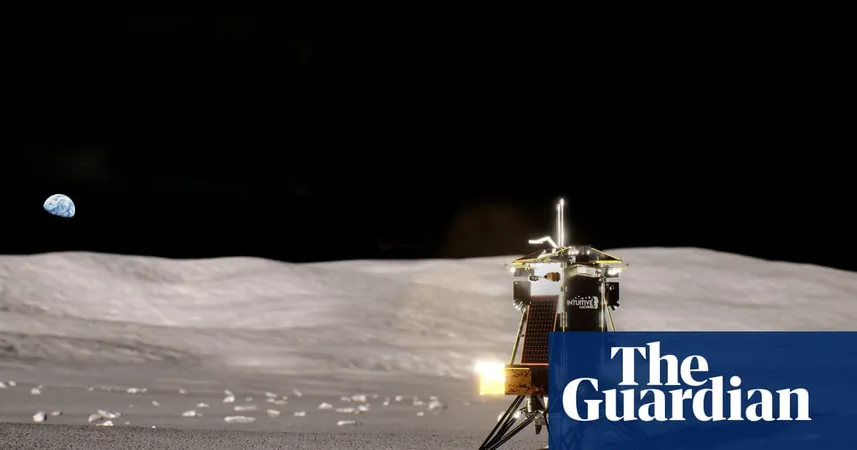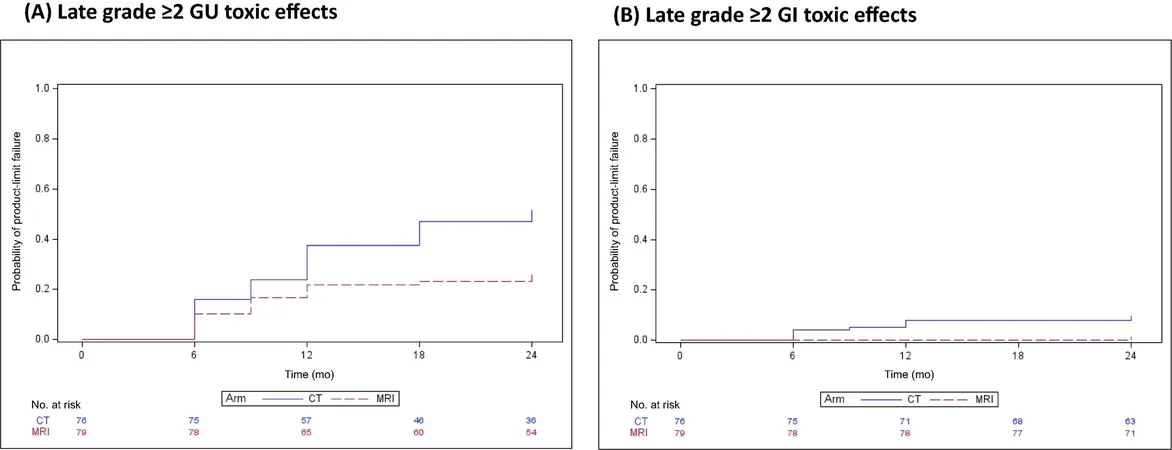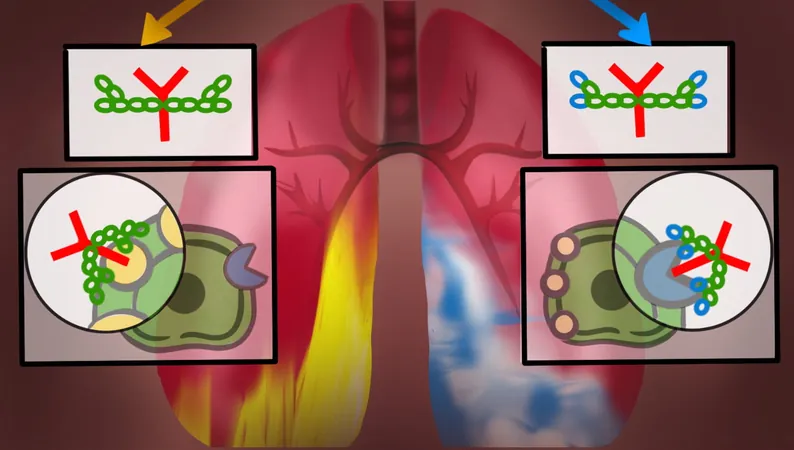
Australian Mission Aims to Grow Plants on the Moon by 2025 – A Leap for Space Farming!
2024-11-11
Author: Yu
Groundbreaking Venture
In a groundbreaking venture, an Australian-led project is set to pave the way for growing plants on the Moon, with a mission slated for takeoff in 2025. The initiative, known as the Australian Lunar Experiment Promoting Horticulture (Aleph), will see specially engineered capsules carrying plants and seeds make the epic journey of approximately 380,000 kilometers aboard the Intuitive Machines lunar lander.
Collaboration and Goals
Headed by the innovative startup Lunaria One, the project is a collaboration among various research institutions, non-profits, and industry partners. This mission marks a significant milestone as one of the inaugural Australian-led explorations of the Lunar surface.
Lauren Fell, the director of Lunaria One, highlighted that while the ultimate goal is to produce fresh, edible plants for astronauts on the Moon and, eventually, Mars, the immediate objective is to determine if these plants can endure the arduous conditions. The plants must survive the challenges of extended storage at the launch site, endure the intense vibrations during launch, and adapt to the Moon’s extreme environment, where temperatures can plunge to a staggering 130 degrees Celsius below zero.
Exploring Resilience
"We’re currently not growing a full garden yet," Fell stated. "As we aim to establish a sustainable human presence on the Moon, and then Mars, it’s crucial that we find viable methods to introduce growth in such extraterrestrial settings."
Dr. Caitlin Byrt, a bioengineering professor and plant scientist at the Australian National University, is playing a critical advisory role, focusing on the types of plants that could withstand the journey. She emphasized the importance of understanding how resilient life can navigate through extreme conditions and then return to a state of growth.
Implications of Research
Interestingly, some plants, known as "resurrection plants," have already shown immense resilience, allowing them to survive in some of Earth's harshest environments. These plants can withstand severe dehydration, essentially entering a dormant phase, and spring back to life when moisture becomes available.
The implications of space innovation extend beyond lunar agriculture; such research could lead to advancements in growing fresh and nutritious food in the wake of natural disasters and climatic upheavals on Earth. Dr. Byrt remarked, “If we can engineer plants to survive a trip to the Moon, it opens the door to addressing significant challenges we face here at home.”
Supporting the Mission
Notably, Intuitive Machines recently became the first private company to achieve a successful landing on the Moon’s surface, with Lunaria One’s payload poised to be part of their third lunar mission. The Aleph initiative has garnered support through a $3.6 million grant from the Australian Space Agency, which underscores the importance of understanding space agriculture for future human exploration.
Community Involvement
Enrico Palermo, head of the Australian Space Agency, stated, “Determining which plants to cultivate in space and the best methods for their growth will be paramount for human exploration, while also providing crucial scientific insights that can be applied here on Earth.”
In a push for community engagement, Fell emphasized the value of public participation in this ambitious mission. “We’ve designed engaging activities and engineering challenges that allow individuals to experiment with plant science from home and contribute directly to this important research,” she shared.
Conclusion
As humanity stands on the brink of a new era in space exploration and potential colonization, Australia’s Aleph project could unlock secrets of sustainable living far beyond our planet, bringing hope for resilient food systems both on and off Earth.





 Brasil (PT)
Brasil (PT)
 Canada (EN)
Canada (EN)
 Chile (ES)
Chile (ES)
 España (ES)
España (ES)
 France (FR)
France (FR)
 Hong Kong (EN)
Hong Kong (EN)
 Italia (IT)
Italia (IT)
 日本 (JA)
日本 (JA)
 Magyarország (HU)
Magyarország (HU)
 Norge (NO)
Norge (NO)
 Polska (PL)
Polska (PL)
 Schweiz (DE)
Schweiz (DE)
 Singapore (EN)
Singapore (EN)
 Sverige (SV)
Sverige (SV)
 Suomi (FI)
Suomi (FI)
 Türkiye (TR)
Türkiye (TR)